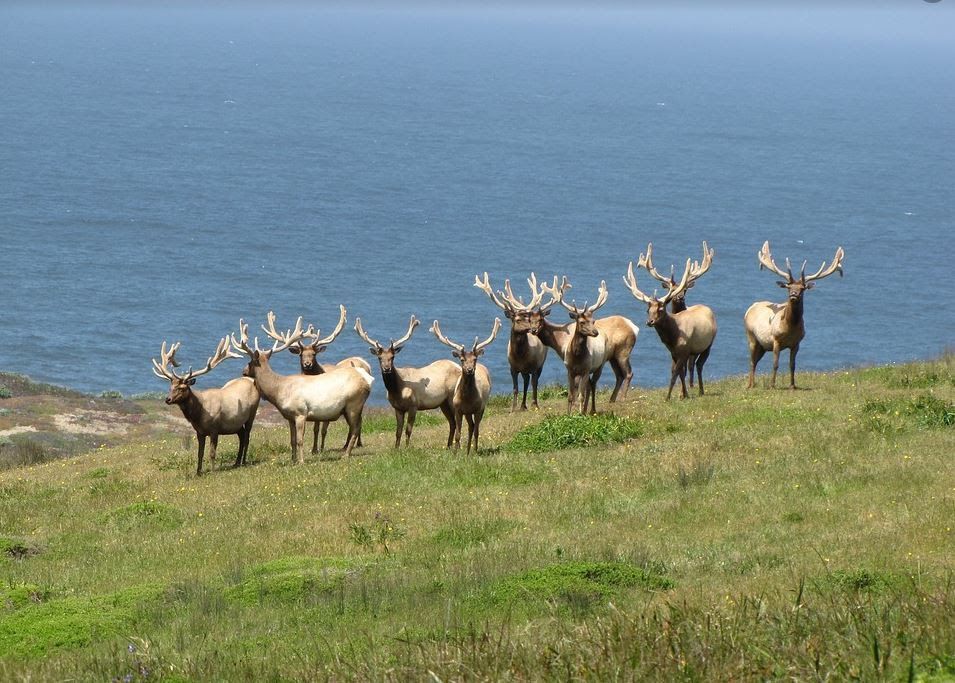Enjoying Outside, Inside: Conservation Documentaries

March 29, 2021
After learning about the great conservation success story of Tule Elk from the recent Tuleyome Nature & You Lecture with Dr. Tom Batter, I had an exciting renewal of hope. In the face of what some call “The Sixth Extinction” , and a news feed full of floods, storms, fires, and droughts, it can be easy to feel pessimistic about the future. However, to inspire the action necessary to protect our planet, it’s important to hear about environmental victories and stories of real change. These 7 documentaries (and one movie) tell stories of the people behind conservation movements. They emphasize the importance of preserving the amazing biodiversity of our planet, inspiring action as well as hope.
- Undamaged: This Slovenian film explores the measures being taken to protect some of the world’s last remaining wild rivers in Europe’s Balkan countries. It follows a crew of kayakers as they embark on a voyage from Slovenia to Albania, fighting to preserve the pristine and life supporting waterways from the threat of almost 3000 dams.
- A Life on Our Planet: This powerful film serves as Davis Attenborough’s witness statement for the natural world. Attenborough has spent his 94 years documenting the living world in all its variety and wonder. For the first time in his years of narration, he reflects upon both the defining moments of his lifetime as a naturalist and the devastating changes he has seen. Urgent, honest, and ultimately hopeful, this film is a must watch for all.
- The Ivory Game is an investigation into the Ivory trade, from the poaching of elephants in the national parks of Africa, to the black markets of Hong Kong. This film explores how the fate of the largest land mammal is intimately tied to the survival and development of local people.
- Virunga: This film follows a group of park rangers fighting to preserve the Democratic Republic of Congo’s Virunga National Park. One of the world’s most biodiverse places and home to the Earth’s remaining mountain gorillas, this World Heritage Site faces threats by poachers, armed militia and companies exploiting its natural resources.
- The lost film of Dian Fossey. Another film about the conservation of gorillas, this one telling the story of modern legend Dian Fossey, who devoted much of her life to study gorillas in the mountainous rainforest of Volcanoes National Park.
- Mission Blue: This documentary tells the story of world-renowned oceanographer, marine biologist and environmentalist Sylvia Earle who began the Mission Blue campaign to inspire exploration and protection of the ocean.
- Cities: Nature's New Wild: This three-part series narrated by Daniel Kaluuya explores the extraordinary wildlife living in the fastest changing habitat on the planet – our cities.
- The Lorax: While not a documentary, this Dr. Suess classic is an all time favorite that’s great for young and old, and a fun way to inspire the next generation of conservationists. The animated movie is based on the book published in 1971, chronicling the plight of the environment and the Lorax, who "speaks for the trees" and confronts the Once-ler, who causes environmental destruction.
-Eliana Thompson; ethompson@tuleyome.org
RECENT ARTICLES






